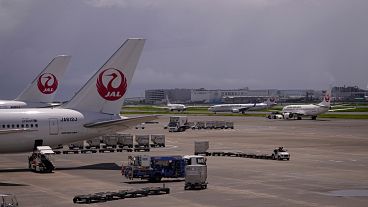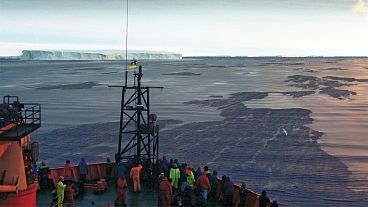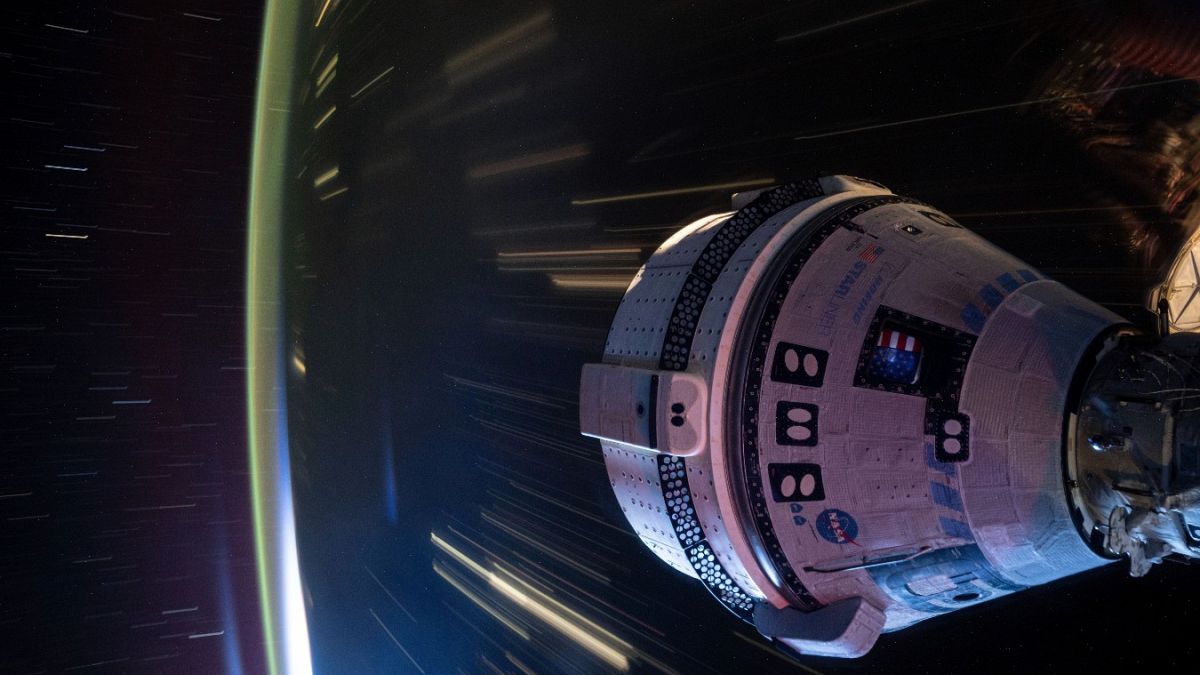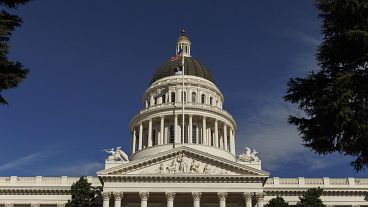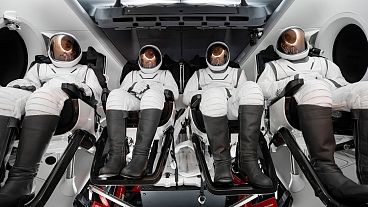Boeing has been criticised after a series of technical issues. Aviation experts say fixing the company’s profit-first culture could help them to avoid future problems.
It was a pyrrhic victory for Boeing when its troubled Starliner spacecraft made its return journey to Earth on Friday empty.
Astronauts Butch Wilmore and Suni Williams took off in the craft on June 5 in what was supposed to be an 8-day-long test flight.
Now, NASA has decided to extend the mission until 2025 and brought back the Starliner without the astronauts, who will instead return to Earth on board a SpaceX Dragon craft in February.
"Starliner is a very capable spacecraft and, ultimately, this comes down to needing a higher level of certainty to perform a crewed return," Steve Stich, manager of NASA’s Commercial Crew Program, said in a statement.
"Our efforts will help prepare for the uncrewed return and greatly benefit future corrective actions for the spacecraft".
Recent incidents affecting Boeing jets
The Starliner saga is one of several recent setbacks for Boeing, which continues to face technical concerns for its aircraft.
Last month, the company stopped flighttesting on its 777-9 fleet after discovering a technical failure where the engine is mounted to the aircraft.
The US Federal Aviation Association (FAA) also ordered an inspection of the pilot seats on Boeing’s 787 Dreamliner after a LATAM Airlines flight from Sydney, Australia, to Auckland, New Zealand suddenly lost altitude in March, injuring 50 people.
In addition to these incidents, August marked the end of two days of US National Transportation and Safety Board (NTSB) hearings on Alaska Airlines flight 1282 which landed after an emergency door fell off the plane mid-flight due to a faulty plug.
It will take the NTSB up to 18 months to finish its investigation into the Alaska Airlines incident, which will include recommendations on how to improve airline safety.
300 fatal Boeing accidents in the last decade
Boeing describes itself as a "leading global aerospace company" based in the US that has manufactured commercial aircraft, defence products, and space systems since 1916.
The company says there are about 10,000 Boeing jets currently in circulation worldwide, making up half of the world’s total fleet.
A 2023 internal Boeing accident report found there were 2,123 accidents on their flights between 1959-2022, with roughly one in three accidents that were deemed "fatal" either because of losing a plane or loss oflife.
Of those accidents, Boeing said 300 happened in the last decade alone, with roughly one in 10 accidents labelled fatal despite flight hours almost doubling since the early 2000s.
In spite of that, a recent study from the Massachusetts Institute of Technology (MIT) found that flight accidents have fallen on average 7.5 per cent year over year since 1968. Now, the risk of dying on a flight is roughly one in 13 million.
Bjorn Fehrm, an aeronautical and economic analyst at consultancy firm Leeham Company LLC, says there are "no unknowns" in building an aircraft today, so airline manufacturers should "no longer make mistakes if we follow the rules and if we work in the correct way".
What's causing turbulence at Boeing?
Richard Aboulafia, managing director of consulting firm AeroDynamic Advisory, said the single major turning point that explains Boeing’s recent technical woes is its 1997merger with McDonnell Douglas Corp, one of its biggest competitors.
The takeover of Boeing’s C-suite with former McDonnell Douglas executives changed the company culture from one that was engineering-focused to profit-driven, Aboulafia contends, and "little has changed" in the Boeing of 2024, he added.
"You must cut costs, you must deliver results or you will be fired," Aboulafia said.
"In an aircraft industry, that’s potentially disastrous - and that was allowed to continue for several decades to the point where it did great damage to the company’s capabilities".
What that means on the manufacturing floor is engineers who found technical issues would be silenced and their results "brushed under the rug," according to Fehrm.
"It’s a huge failure of their project management culture," he said.
Fehrm said the same issues arose in the 2018 Lion Air 737 Max crash.
In 2012, a group of Boeing engineers noticed that the 737 Max’s flight stabilisation software needed further testing and raised it as a concern, only to be silenced by company executives, Fehrm said.
A report from the Seattle Times found Boeing and the US Federal Aviation Association (FAA) did not tell pilots about the software in its training manuals for the 737 Max, even though the company expected them to know what to do if the system went haywire.
Euronews Next asked Boeing questions about the Starliner craft as well as their company management.
Boeing "continues to focus, first and foremost, on the safety of the crew and spacecraft," according to a short statement from NASA on Boeing’s behalf on the Starliner mission.
Boeing declined to reply to questions about company management.
New Boeing CEO, possible new culture
Both Aboulafia and Fehrm say there doesn’t need to be any industry-wide changes to how airplanes are put together because the issue lies with Boeing.
The only way to reduce their technical issues is to start by addressing the culture problem at the top, Fehrm and Aboulafia both agreed.
Boeing named Kelly Ortberg the company’s new CEO in July, just days before the US transportation board hearings into Alaska Airlines flight 1282.
Ortberg began his career in 1983 as an engineer at Texas Instruments, a semiconductor company in Texas, before moving to Collins Airspace as a programme manager.
He eventually worked up to become the company’s president and CEO in 2013.
Ortberg’s education as a mechanical engineer from the University of Iowa along with his experience as an executive means "he’s the right person" to change Boeing’s trajectory, both experts agreed.
Both have a different take on how long it’ll take for Boeing to feel the change of new leadership.
To Aboulafia, he believes it’ll take "months, not years," for Ortberg to turn things around at Boeing, but Fehrm estimates it’ll be closer to five years based on his own experience of revamping company culture.


